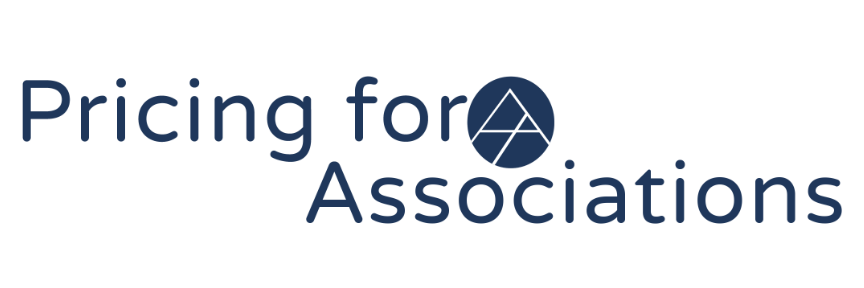Notes on Upgrading Your Association's Current Products
The following is an excerpt from our book, Pricing for Associations, available now on Amazon.
In the fast-paced landscape of associations, staying relevant and innovative is key to retaining and attracting members. Upgrading your current products is a strategic move that not only enhances user satisfaction but also ensures your offerings remain competitive and aligned with evolving needs. This article provides an insightful overview of the upgrade process, from identifying areas for improvement to leveraging user feedback for meaningful enhancements.
Assessing the Current Landscape
Before diving into upgrades, it's crucial to conduct a comprehensive assessment of your current products. Consider factors such as user engagement, feedback, and industry trends. If there have been recent adjustments or improvements, highlight them. These might include additional sessions, an optimized mobile experience, refined tagging for article searches, or innovative features like a public-facing 24/7/365 vendor showcase on your website.
What If There Are No Obvious Upgrades?
Sometimes, the value of existing features can be enhanced by showcasing them in a new light. Provide tutorials, case studies, or success stories that highlight creative ways users are leveraging your product. Encourage user-generated content that demonstrates unique applications of your features. This not only enhances user engagement but also sparks ideas for potential upgrades.
Leveraging User Feedback
Engage your users through surveys, focus groups, and interviews to understand their pain points and desires. Video demonstrations, live demos, or beta testing are excellent methods to gather first-hand feedback. Ask users about their favorite features, the challenges they face, and areas where they see potential for improvement. Sometimes, users might suggest upgrades that align perfectly with your strategic goals.
Identifying Potential New Upgrades
Not all users use all features, and they may not realize the full value of your product. Through user engagement efforts, you might discover potential upgrades that align with the evolving needs of your audience. For example, if your users express a desire for more personalized content, consider implementing AI-driven recommendations. Uncover latent needs by asking questions like:
What features do you wish the product had?
Are there areas where you find the current product lacking?
How can we make your experience even better?
The Power of Beta Testing
Before a full-scale release, consider beta testing new features or upgrades. This allows you to gather real-world feedback, identify and fix potential issues, and ensure a smoother rollout. Beta testing not only improves the quality of your upgrades but also involves your users in the improvement process, fostering a sense of community and ownership.
Upgrading your association's current products is a dynamic process that involves understanding user needs, leveraging feedback, and exploring new ways to deliver value. Whether it's refining existing features, uncovering latent needs, or introducing innovative enhancements, the upgrade journey is a continuous cycle of improvement. By staying attuned to user feedback, embracing creative uses of current features, and considering beta testing, your association can navigate the upgrade process with agility and ensure your products remain at the forefront of industry excellence.


